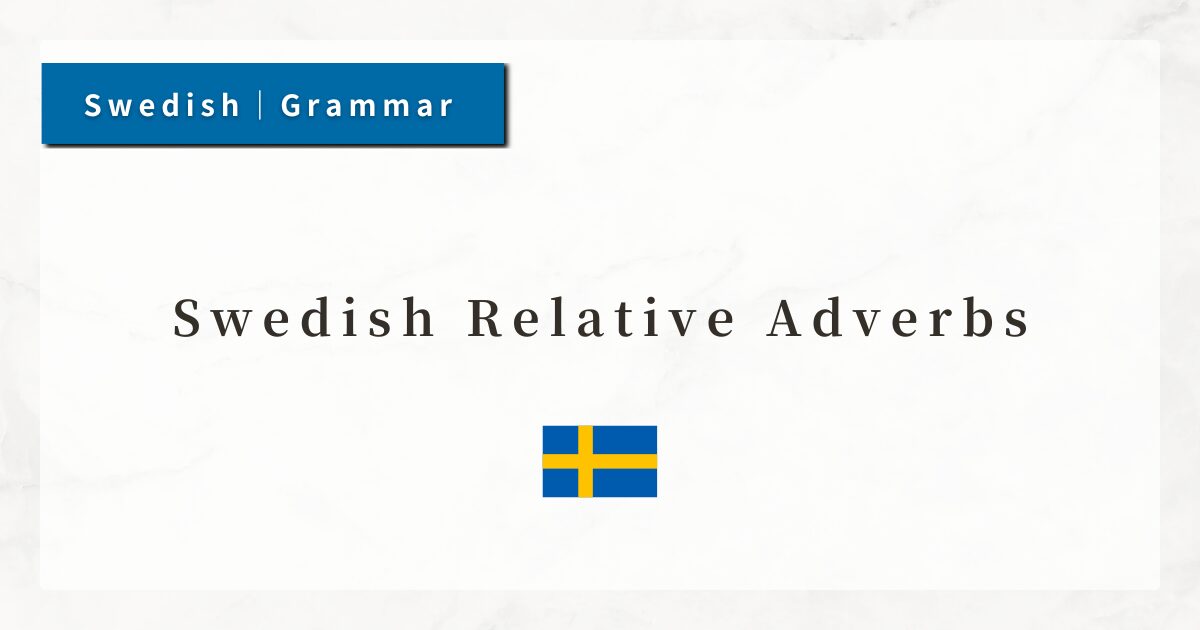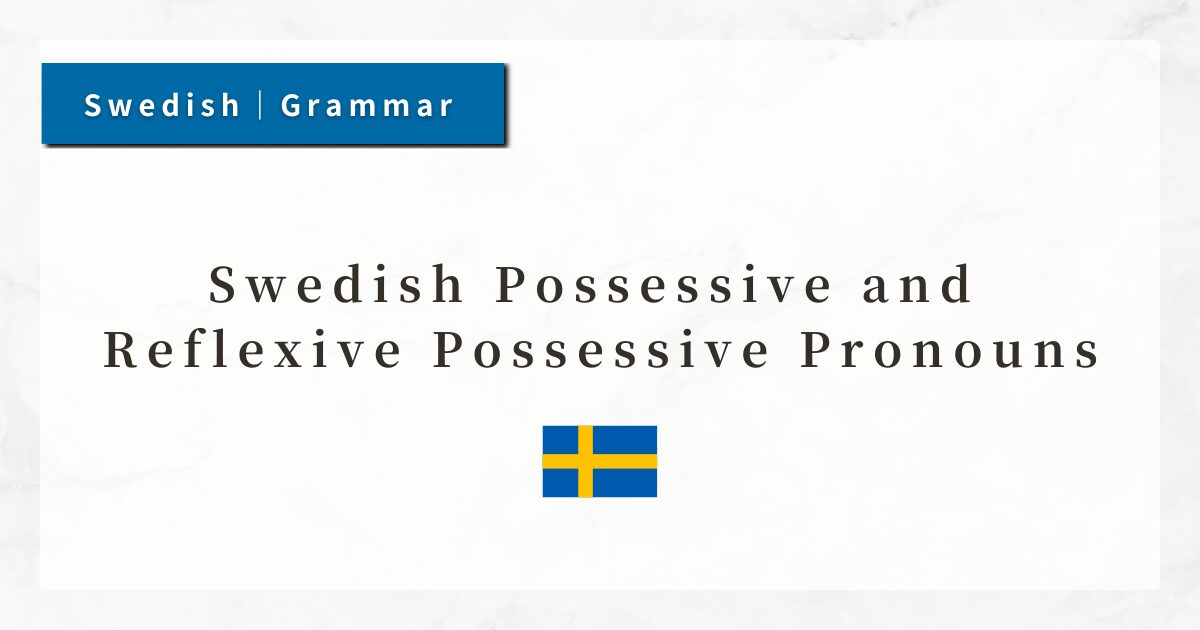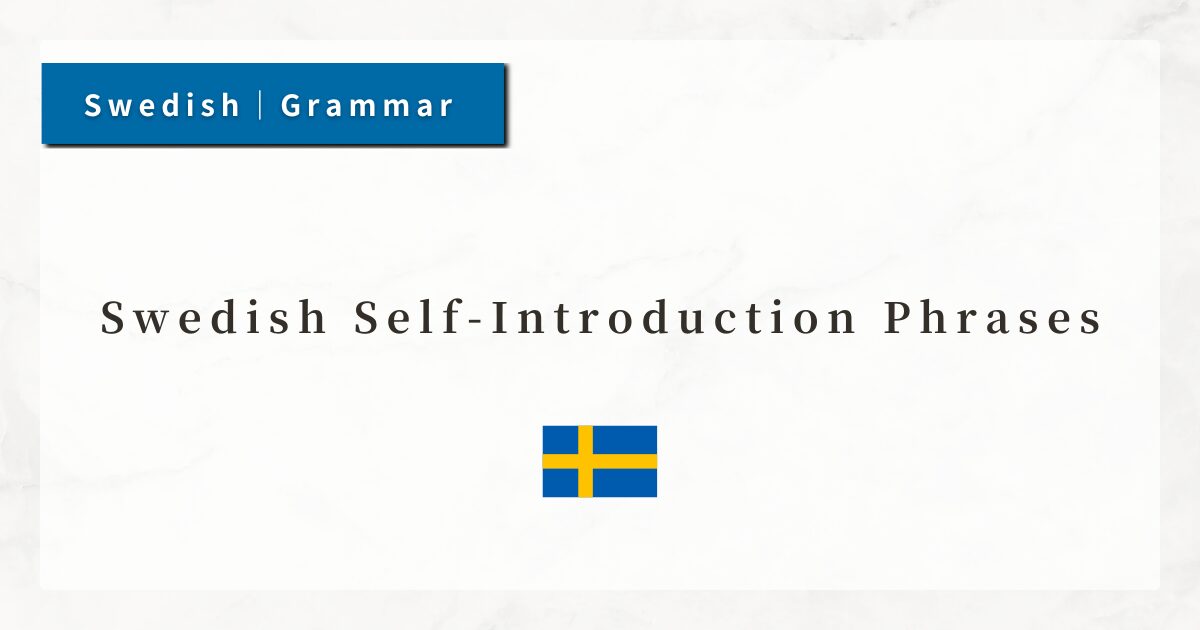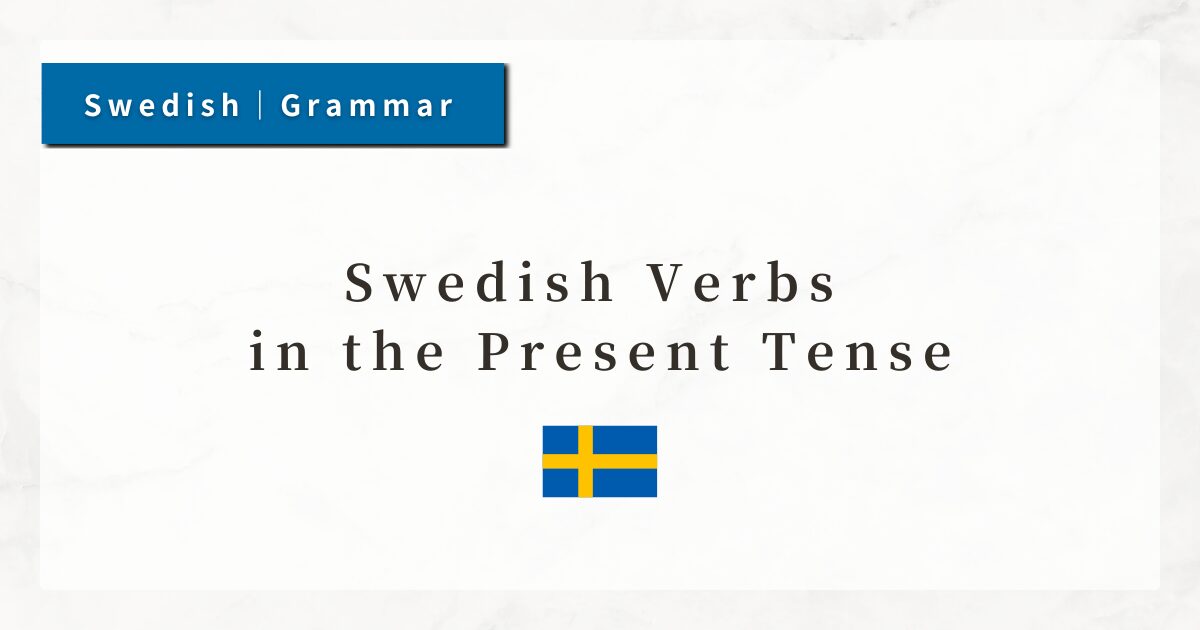#16 Swedish Prepositions|Basic Rules and Example Sentences
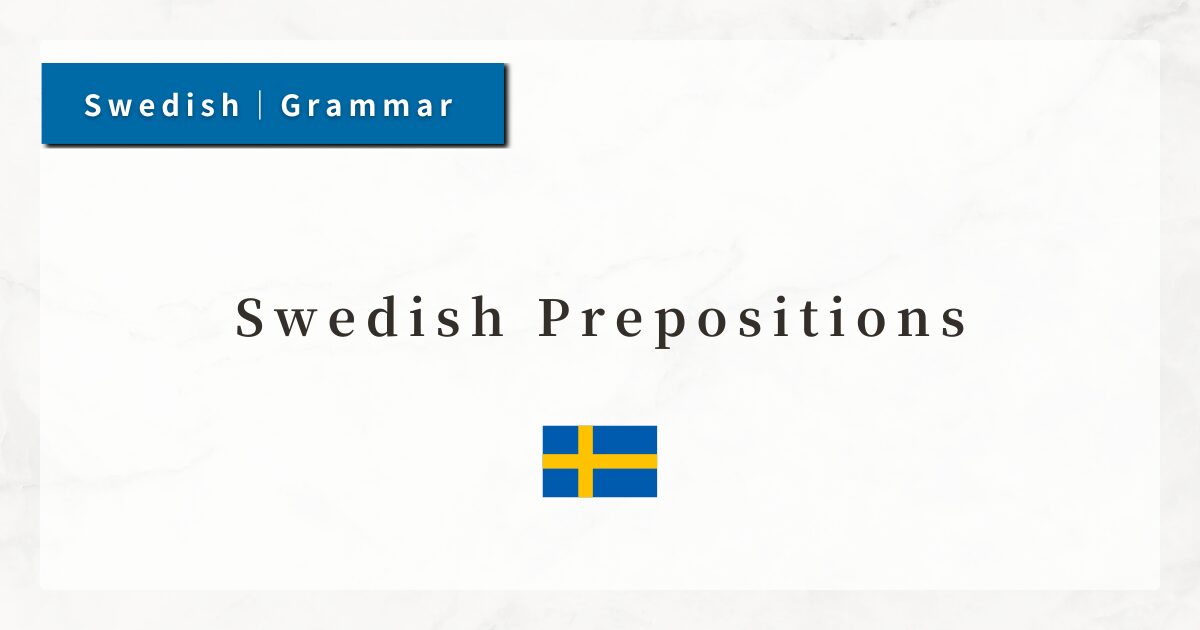
In Swedish sentences, prepositions are essential for providing detailed information about verbs, such as where, with whom, by what means, and when. A preposition is placed before a noun and indicates its relationship (place, time, direction, means, etc.) with the following noun.
Prepositions function much like English words such as in, on, to, with, and about, though Swedish also has its own unique usages and expressions.
In this lesson, I will explain the most frequently used prepositions that beginners should master first, as well as their usage from a grammatical perspective.
1. The Role of Prepositions
Prepositions are words placed before a noun or pronoun to indicate relationships such as place, time, direction, or meansin a sentence.
As in English, Swedish prepositions must always precede the noun.
- Jag bor i Sverige.
(I live in Sweden.) - Hon sitter på stolen.
(She is sitting on the chair.)
In these examples, the prepositional phrases add information such as where one lives or where one sits.
2. Basic Structure: Preposition + Noun
In Swedish, a preposition must always be placed directly before a noun (or pronoun).
The prepositional phrase is treated as a single unit of information, usually specifying place, time, or other details.
- Han läser en bok i parken.
(He is reading a book in the park.)
Here, en bok (a book) is the object, and i parken (in the park) is the prepositional phrase. It supplements the verb läser(reads) with the information where?.
Prepositional phrases can also be placed at the beginning of a sentence, but in such cases, the word order rule (the V2 rule, where the verb must occupy the second position) must be observed.
- I parken läser han en bok.
(In the park, he is reading a book.)
This structure is often used when emphasizing the prepositional phrase or when adding variety to sentence flow.
3. Commonly Used Prepositions with Examples
Below are the most basic prepositions that beginners should learn first.
Although many prepositions resemble English in meaning, their usage and placement must be carefully observed.
| Preposition | Meaning | Example | Translation |
|---|---|---|---|
| i | in | Jag bor i Sverige. | I live in Sweden. |
| på | on / at (broad places) | Boken ligger på bordet. | The book is on the table. |
| under | under, beneath | Katten är under stolen. | The cat is under the chair. |
| över | above, over | Lampan hänger över bordet. | The lamp hangs above the table. |
| till | to (destination) | Vi går till skolan. | We are going to school. |
| från | from | Han kommer från Norge. | He comes from Norway. |
| med | with / by (means) | Jag pratar med henne. | I talk with her. |
| utan | without | Kaffe utan socker, tack. | Coffee without sugar, please. |
| om | about | Vi pratar om filmen. | We are talking about the film. |
4. Prepositions with Verbs
In Swedish, many verbs are commonly used together with specific prepositions, forming idiomatic expressions. This is similar to English combinations such as think about, talk to, or look at.
Here are some representative examples:
| Verb | Common Preposition | Meaning |
|---|---|---|
| prata | om | to talk about |
| tänka | på | to think about |
| lyssna | på | to listen to |
| titta | på | to look at |
| vänta | på | to wait for |
| vara rädd | för | to be afraid of |
Since these combinations create fixed meanings, it is most effective to learn them as verb-preposition pairs.
5. Summary
- Swedish prepositions are placed before nouns or pronouns and indicate relationships of place, time, direction, or means within a sentence.
- Frequently used prepositions include i (in), på (on/at), till (to), and från (from).
- Prepositional phrases can be positioned flexibly in a sentence, but following the basic order (Subject + Verb + Prepositional Phrase) results in natural expressions.
- Verb-preposition combinations form fixed expressions and should be memorized as units.

